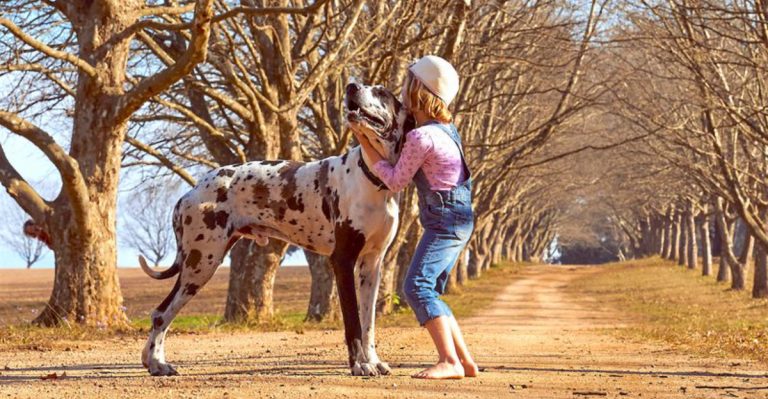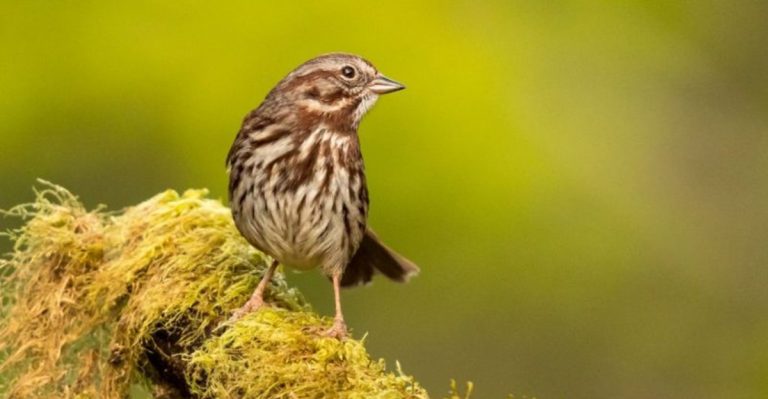12 Dog Breeds That Are Now Illegal To Own In Some U.S. States
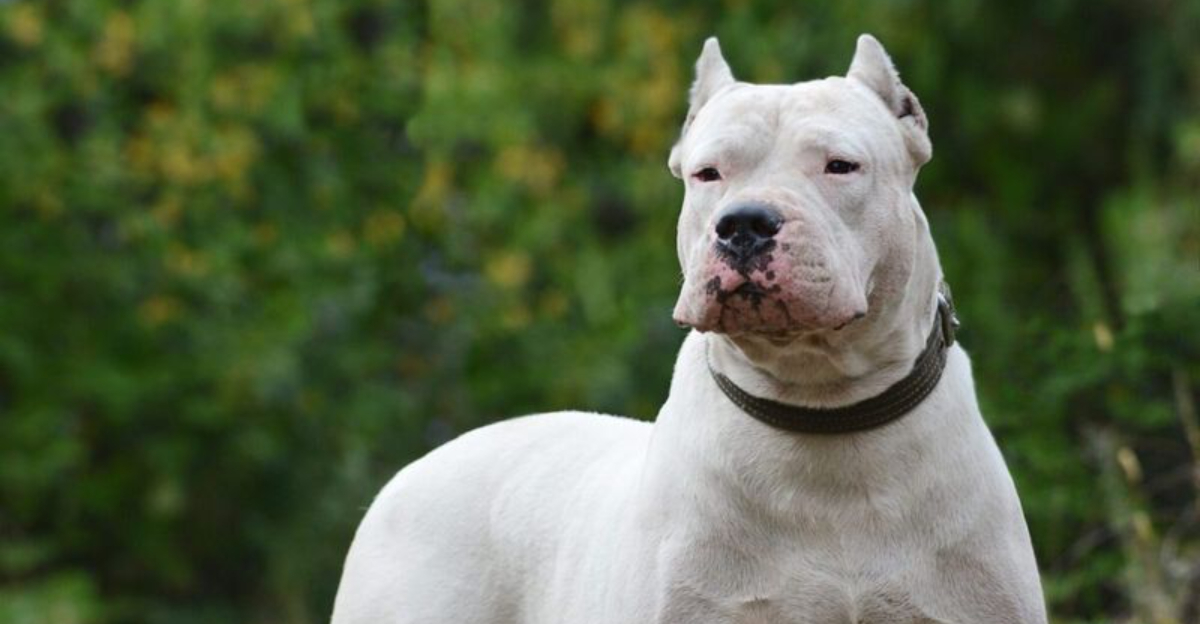
Dog ownership laws vary across America, with some breeds facing restrictions or outright bans in many regions. These laws, often called Breed-Specific Legislation (BSL), target dogs perceived as dangerous regardless of individual temperament or training.
While controversial among animal advocates, these regulations exist in numerous states and municipalities, affecting thousands of dog owners nationwide.
1. American Pit Bull Terrier
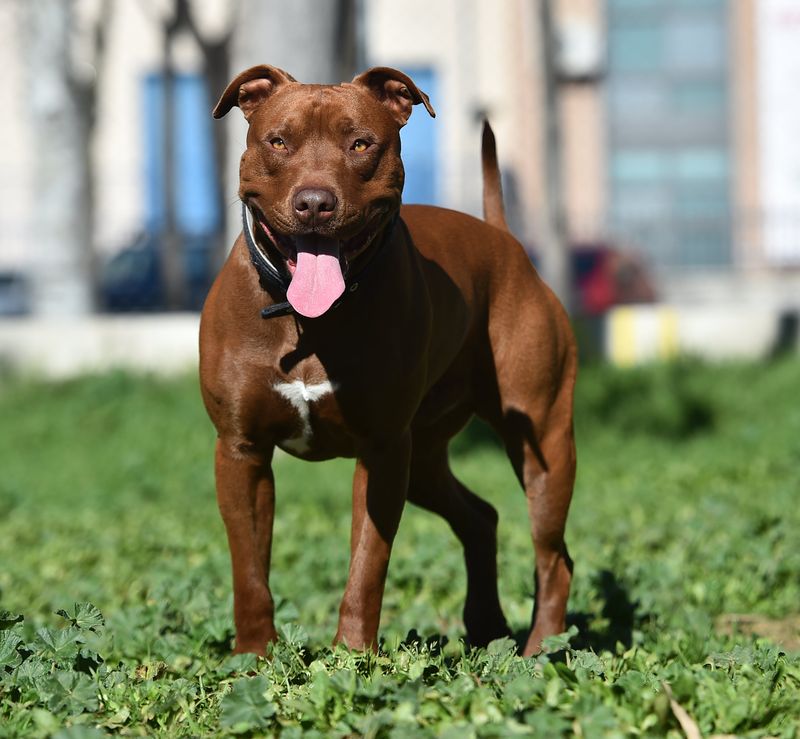
Muscular and loyal, these dogs have become the poster children for breed bans across America. Their powerful jaws and tenacious nature have made them targets for legislation, despite many being gentle family pets.
The breed’s unfortunate association with dogfighting has cemented their reputation as dangerous, even though temperament studies show they’re no more aggressive than golden retrievers toward humans. Over 900 US cities have enacted some form of restriction against them.
2. American Staffordshire Terrier
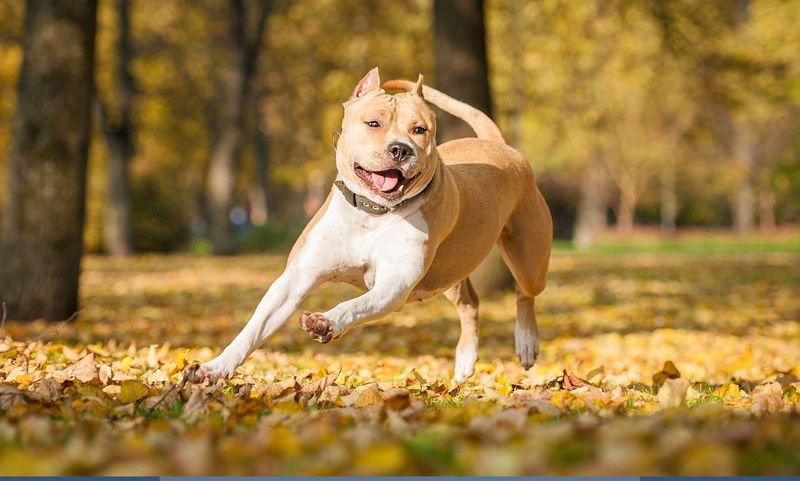
Cousins to the Pit Bull, ‘AmStaffs’ often face similar legal challenges despite their reputation among owners as loving companions.
Their stocky build and powerful appearance trigger restrictions even when their behavior doesn’t warrant concern. Originally bred as all-purpose farm dogs and family protectors, these intelligent canines suffer from mistaken identity issues.
Many ordinances don’t distinguish between them and Pit Bulls, leading to bans in housing complexes, military bases, and entire municipalities throughout the country.
3. Staffordshire Bull Terrier
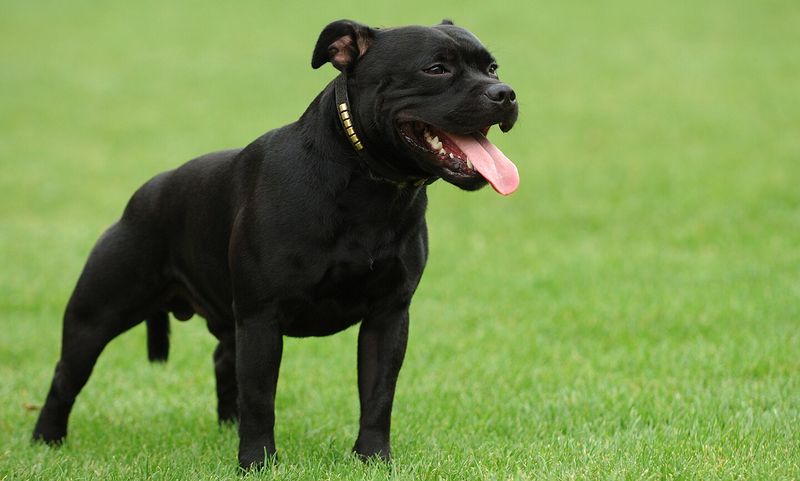
Nicknamed ‘nanny dogs’ in England for their patience with children, Staffies face discrimination in America based largely on appearance.
Shorter and stockier than their American cousins, these dogs still fall under the umbrella term ‘pit bull type’ in many legal documents. Their friendly nature contradicts their tough exterior.
In the UK, they’re among the most popular family pets, yet in parts of America, owning one can violate housing regulations or city ordinances. Some insurance companies refuse coverage to households with these breeds.
4. Bull Terrier
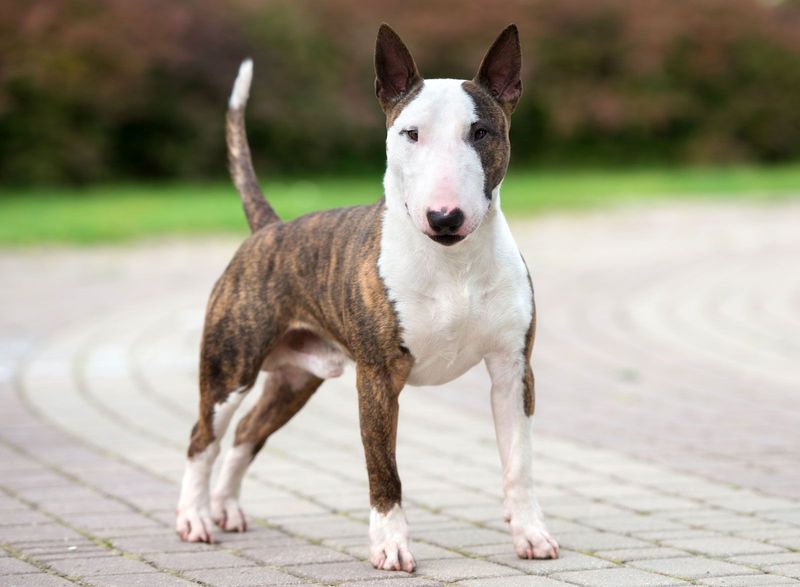
Famous for their egg-shaped heads and the Target mascot Bullseye, Bull Terriers find themselves on restricted lists despite their playful nature.
Their unique appearance doesn’t save them from being categorized as dangerous in certain jurisdictions. These muscular dogs were originally bred for bull-baiting and later refined as companion animals.
Their strong-willed personality requires consistent training. Miami-Dade County, Florida and Denver, Colorado have historically included them in their ban lists, though some restrictions have recently been lifted.
5. Rottweiler
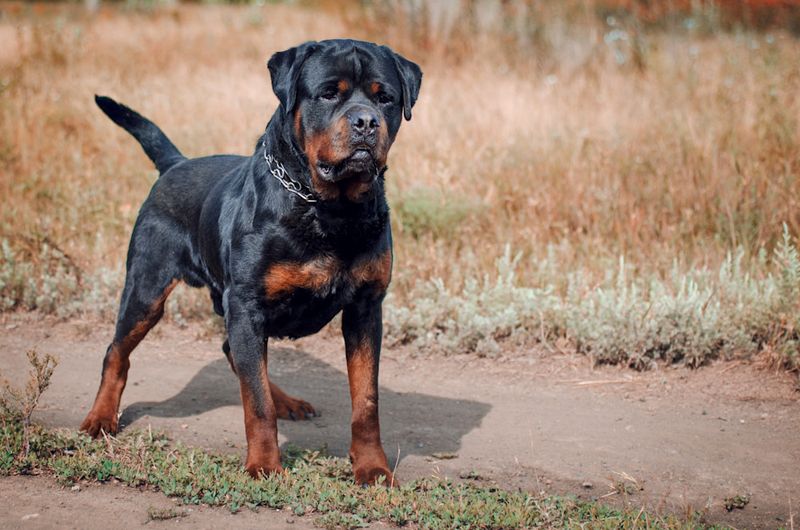
Powerful guardians with a working heritage, Rottweilers trigger restrictions due to their imposing size and protective instincts.
Their black and tan markings create an intimidating first impression that has influenced legislation. Originally cattle drivers and cart pullers, these intelligent dogs excel in police and therapy work when properly trained.
Several insurance companies charge higher premiums for Rottweiler owners, and some localities require special licensing, muzzles in public, or ban them entirely.
6. Doberman Pinscher
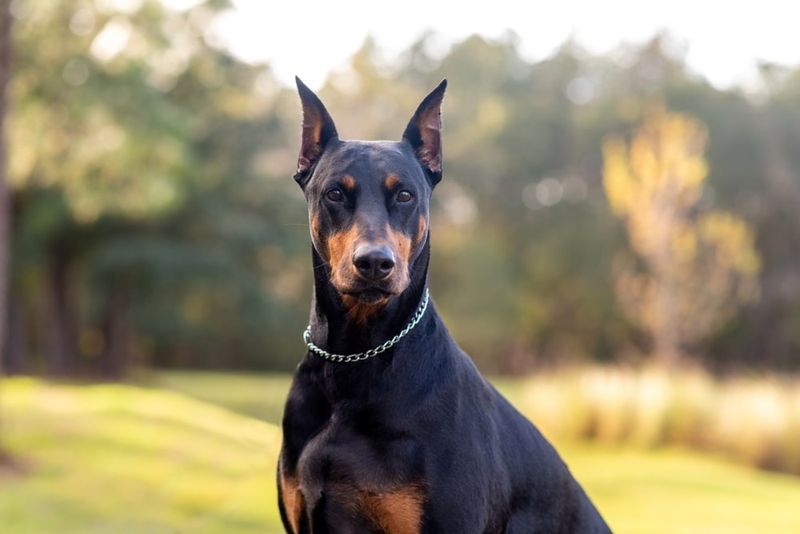
Sleek and athletic, Dobermans were developed as personal protection dogs, a purpose that now works against them in legal circles.
Their alert posture and attentive gaze often create misconceptions about aggression. Hollywood portrayals as villain dogs haven’t helped their reputation.
Despite ranking high in intelligence and trainability, Dobermans face restrictions in many apartment complexes and communities. Some cities require special permits, liability insurance, or specific containment measures for owners.
7. German Shepherd
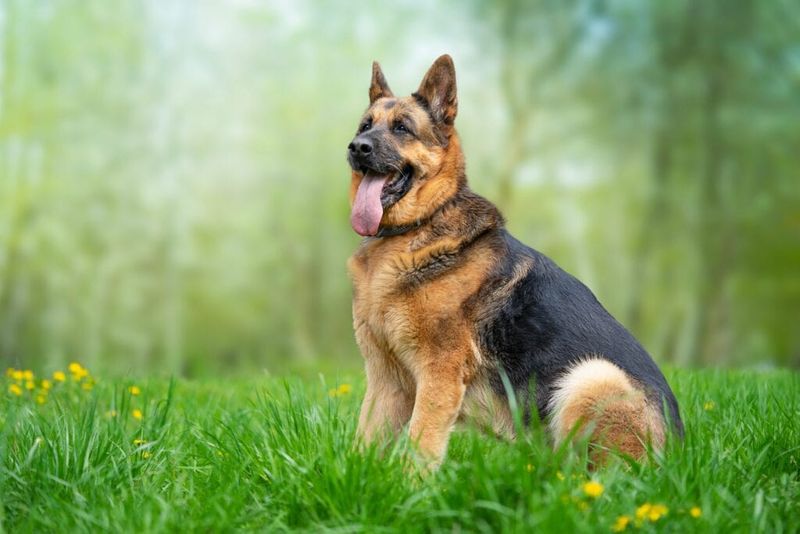
Versatile working dogs, German Shepherds serve alongside police and military personnel yet paradoxically face bans in some communities.
Their intelligence and protective nature make them exceptional service animals but also targets for legislation. Housing restrictions against them are particularly common.
Many apartment complexes and HOAs prohibit these dogs regardless of training or temperament. In some regions, owners must maintain higher insurance coverage or keep them muzzled in public spaces.
8. Alaskan Malamute
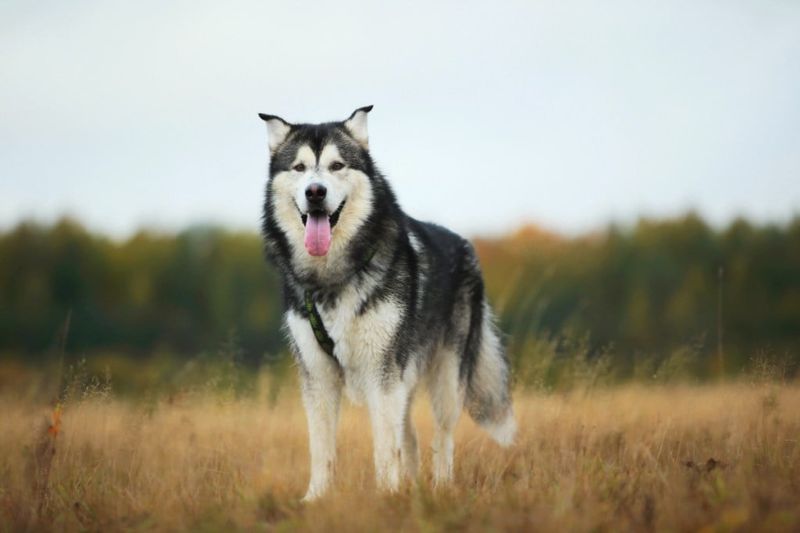
Arctic powerhouses bred for pulling heavy sleds, Malamutes sometimes face restrictions due to their wolf-like appearance and formidable size.
Their thick coats and primal howls contribute to misconceptions about their temperament. These pack-oriented dogs can weigh over 100 pounds and possess remarkable strength.
Their inclusion on banned lists often stems from isolated incidents rather than breed tendencies. Several military housing facilities and municipalities restrict them, particularly in warmer southern states where they’re less common.
9. Chow Chow
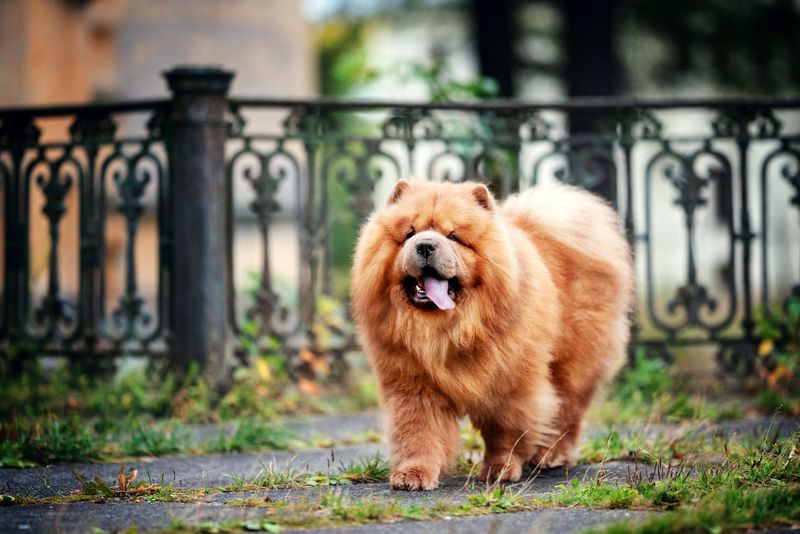
Ancient Chinese guardians recognizable by their blue-black tongues and lion-like manes, Chow Chows appear on banned lists due to their aloof demeanor and protective instincts.
Their naturally suspicious nature toward strangers can be misinterpreted as aggression. One of the oldest dog breeds, Chows require socialization from puppyhood.
Their independent streak makes training challenging for inexperienced owners. Insurance companies frequently include them on their “high-risk” lists, and multiple housing authorities prohibit them outright.
10. Dogo Argentino
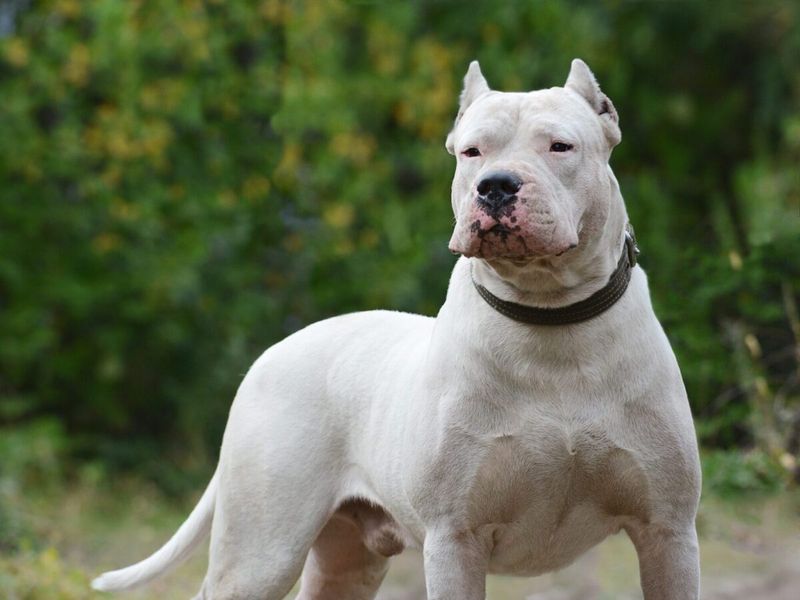
Powerful hunters developed in Argentina for pursuing wild boar and puma, these muscular white dogs face some of the strictest bans nationwide.
Their impressive strength and hunting background have led to complete prohibition in several states. Developed by crossing various breeds including the extinct Cordoba Fighting Dog, they possess tremendous athleticism and determination.
New York City, Colorado, and Michigan have enacted complete bans. The UK and Australia similarly prohibit ownership, reinforcing their status as one of the most widely restricted breeds globally.
11. Fila Brasileiro (Brazilian Mastiff)
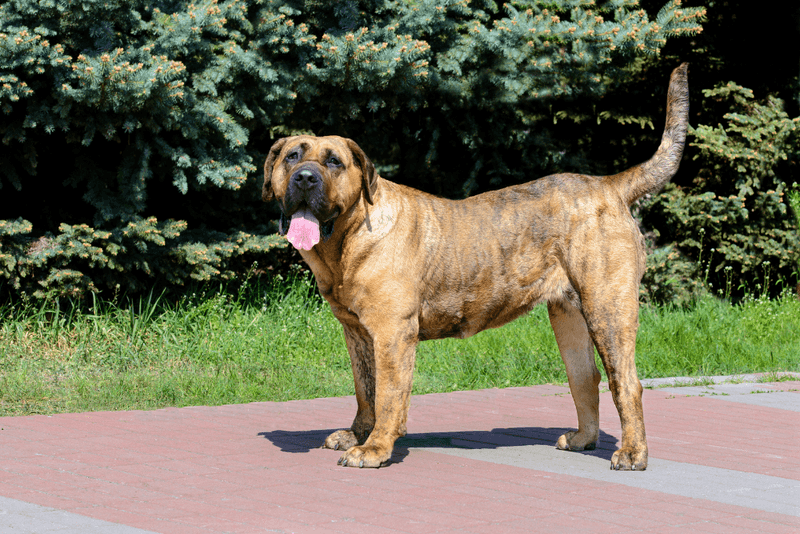
Intensely loyal guardians with an unmatched protective instinct, Filas are banned in more countries than almost any other breed.
Their tracking abilities and natural suspicion of strangers have made them targets for prohibition. These massive dogs can weigh up to 150 pounds and were originally bred to track down escaped slaves in colonial Brazil, a history that contributes to their controversial status.
They’re completely banned in the United Kingdom, Australia, Norway, Denmark, and several American municipalities.
12. Tosa Inu
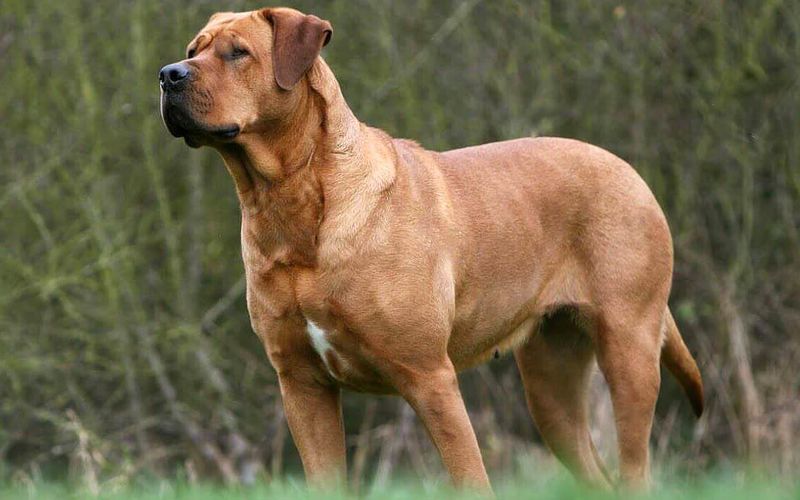
Rare Japanese fighting dogs seldom seen outside their homeland, Tosa Inus face bans in numerous countries including parts of America.
These massive mastiffs were developed specifically for the fighting ring, making them targets for breed-specific legislation. Their fighting heritage and immense strength, some weigh over 200 pounds, have led to strict regulations.
They’re completely prohibited in the United Kingdom, Australia, Malaysia, Norway, and several US cities and counties. Their limited numbers in America make enforcement relatively straightforward compared to more common breeds.



